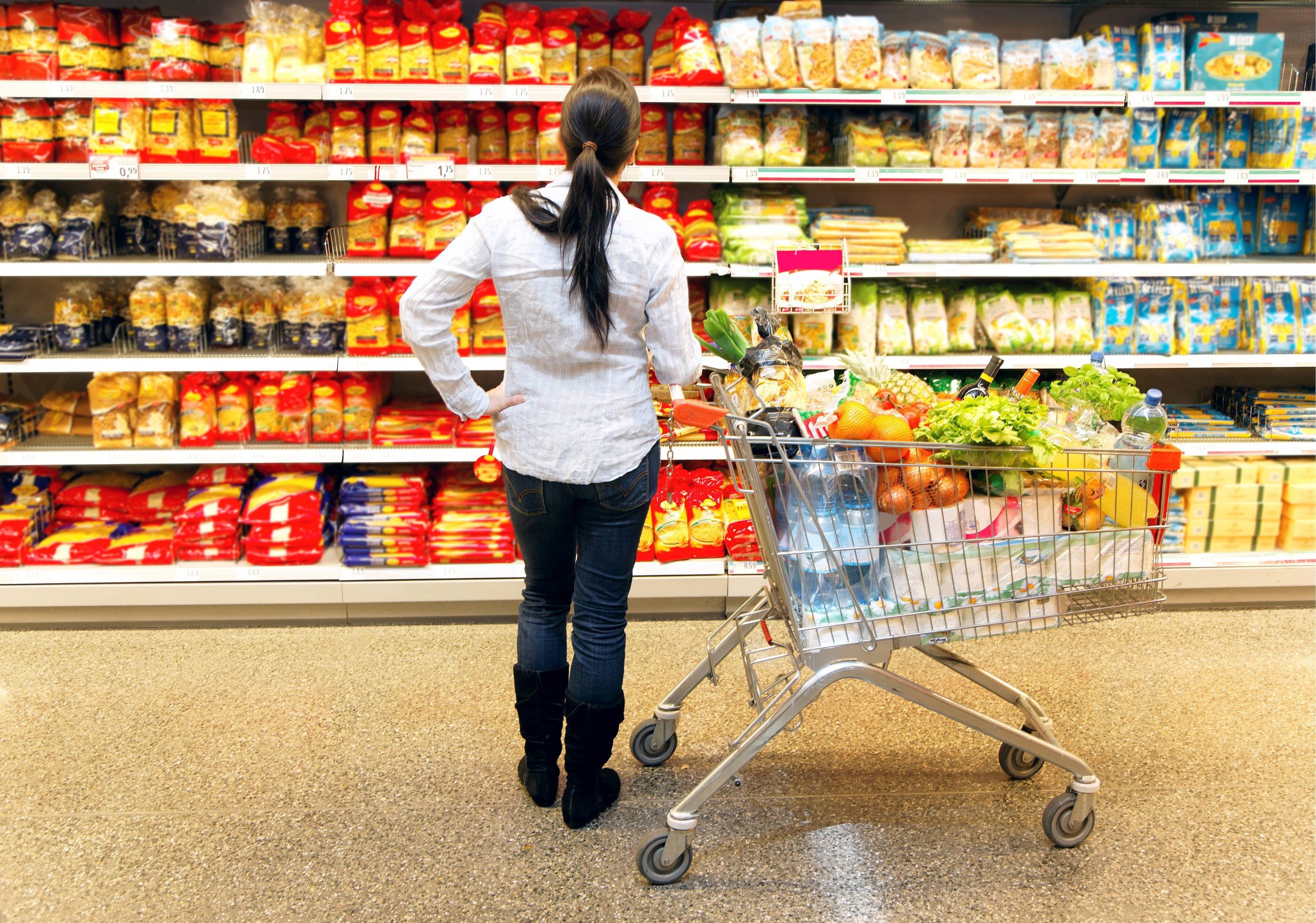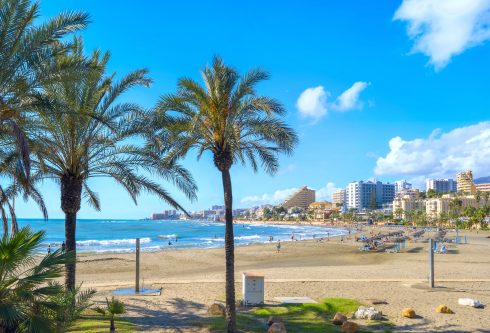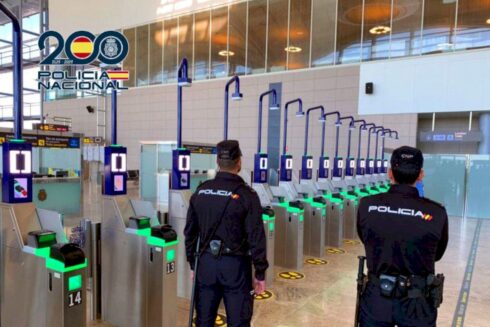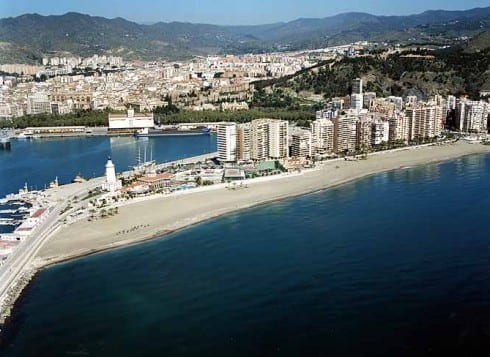FOOD and non-alcoholic beverages rose in February by 16.6% over 12 months- 1.2% higher than in January.
The food inflation rate, according to the National Institute of Statistics, is the highest figure since it started using the current measuring system in 1994.
The peak in the current economic crisis was 15.7% in December with this year’s IVA tax cuts on basic food essentials being quickly swallowed up by rising prices.
Government sources told the El Pais newspaper that fresh foods such as vegetables, fruits, and legumes are behind the rise to due to supply issues caused by ‘unfavourable weather conditions’ in Spain and in other EU countries.
That has led to a price hike due to the ‘increase in international demand’.
Last month, Agriculture Minister Luis Planas said there were ‘reasons to believe that food inflation had peaked’, but clearly that is not the case, with added pressure now on the government to do more.
Among some of the biggest rises over 12 months, there’s sugar (52.6%), butter (39.1%), sauces and condiments (33.8%), olive oil (33.5%) and whole milk (33.2%).
Food inflation has been in double digits for 11 months in a row and Spain’s problems are mirrored elsewhere in Europe.
For example, Germany’s rate for February was 21.8%
Rising prices have been caused by farmers having to pay more for basic items like seeds, feed, fertilisers, electricity or fuel.
Some of those expenses have fallen and Raymond Torres, from the Madrid-based economic think-tank Funcas says ‘that should be transferred little by little to the price of food but has yet to appear’.
The overall inflation rate for February closed at 6%, one tenth less than expected, and a tenth less than in January.
Click here to read more Spain News from The Olive Press.








